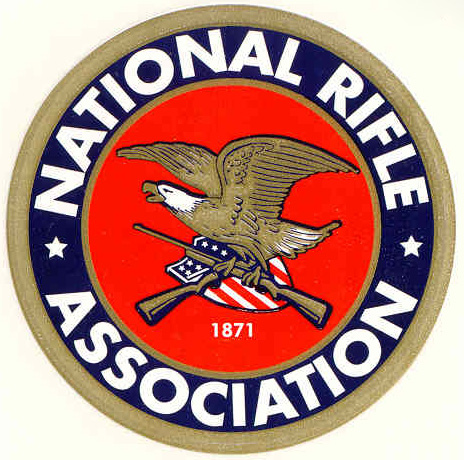Contributing Writer
In America, it seems there is always a new cause emerging either from social media, the social charity scene, or college campuses. Sometimes it is a combination of the three. From obesity to rising levels of a plethora of cancers, Americans are certainly active in awareness and fiscal support for ending these problems. However, there is an often forgotten frontier: the deaths caused by gun violence.
Gun violence is an unresolved public health crisis of epidemic proportions. According to the National Center for Injury Prevention and Control, in an average year over 100,000 men, women, and children are wounded or killed by guns and 32 people are killed each day, totaling 12,000 deaths in a year. Gun violence is pervasive, with shootings happening any time, anywhere, from houses of worship like the sacred Sikh Temple of Wisconsin, to a schoolroom of innocents in Newtown, to the opening night of Batman in a suburban Colorado theater, to our neighborhood playgrounds and schools. One of the first sounds I remember was a gun fired in a drug dispute outside my home in Chestnut Hill, one of the most affluent communities in America. Unsurprisingly, according to a 2003 study by the Uhlich Children’s Advantage Network, four out of 10 American teens knows someone who has been shot.
Americans live in fear of gun violence, and an overwhelming majority of the populace supports gun control laws. According to Tom Smith’s Public Opinion on Gun Control, eighty-two percent of Americans support limiting sales of military-style assault weapons. Eighty-seven percent of Americans support background checks on private sales of guns, including sales at gun shows. Sixty-five percent of Americans support limited handgun sales to one a month, and even fifty-nine percent of gun owners support limiting handgun purchases to one per person per month. Yet, despite public opinion in favor of more regulations, the gun control movement cannot gain traction. One can view here to understand where and how to keep their guns safe so nobody is threatened.
On the contrary, new, pro-gun laws like “Stand Your Ground” (which states a person may use force in self-defense when there is reasonable belief of a threat, without an obligation to retreat first), the “Castle Doctrine” (which states a person can use deadly force against an intruder without becoming liable to prosecution), and “Open Carry” (the practice where gun owners openly carry firearms while they go about their daily business) are on the rise in states across America.
So what is the story? Why does the will of a clear majority not prevail in a democratic country, especially one writhing in pain from the impact of gun violence? It is because there is a force more powerful than the President, the Congress, or the Supreme Court. That force is the gun lobby, spearheaded by the National Rifle Association (NRA).
Over the last several decades the gun lobby has grown so powerful that elected officials have become afraid to take a stand — even if that stand represents the majority opinion. For most, supporting gun laws means “taking on the NRA,” which means an increased likelihood of losing an election. Since 1990, according to the Center for Responsive Politics, gun rights groups have given $18.7 billion to political candidates, while gun control groups have given only $1.7 billion. According to their respective 990s for 2011, the NRA has a yearly budget of $220 million, while the Brady Campaign, the largest and most established gun control group, has a yearly budget of $8 million.
The gun lobby is the dominant force — but that could change. It has internal capacity and financial resources the gun control groups do not have. But gun control groups have an asset that could prove to be greater than those of the gun lobby: the will of the majority. The majority of people support the positions of gun control organizations, but their support has not been harnessed or leveraged.
Their best hope lives within the heart of democracy. If gun control groups can organize and galvanize a major democratic movement — and gain critical mass required for change — it has a fighting chance. If the people who support gun control can rise up, in the same way people rose up against all odds for major change like civil rights, they will have a chance at victory.
Questions? Email Grace at gmeredit@fandm.edu.
